Learning Styles - Adaptive Learning Tool
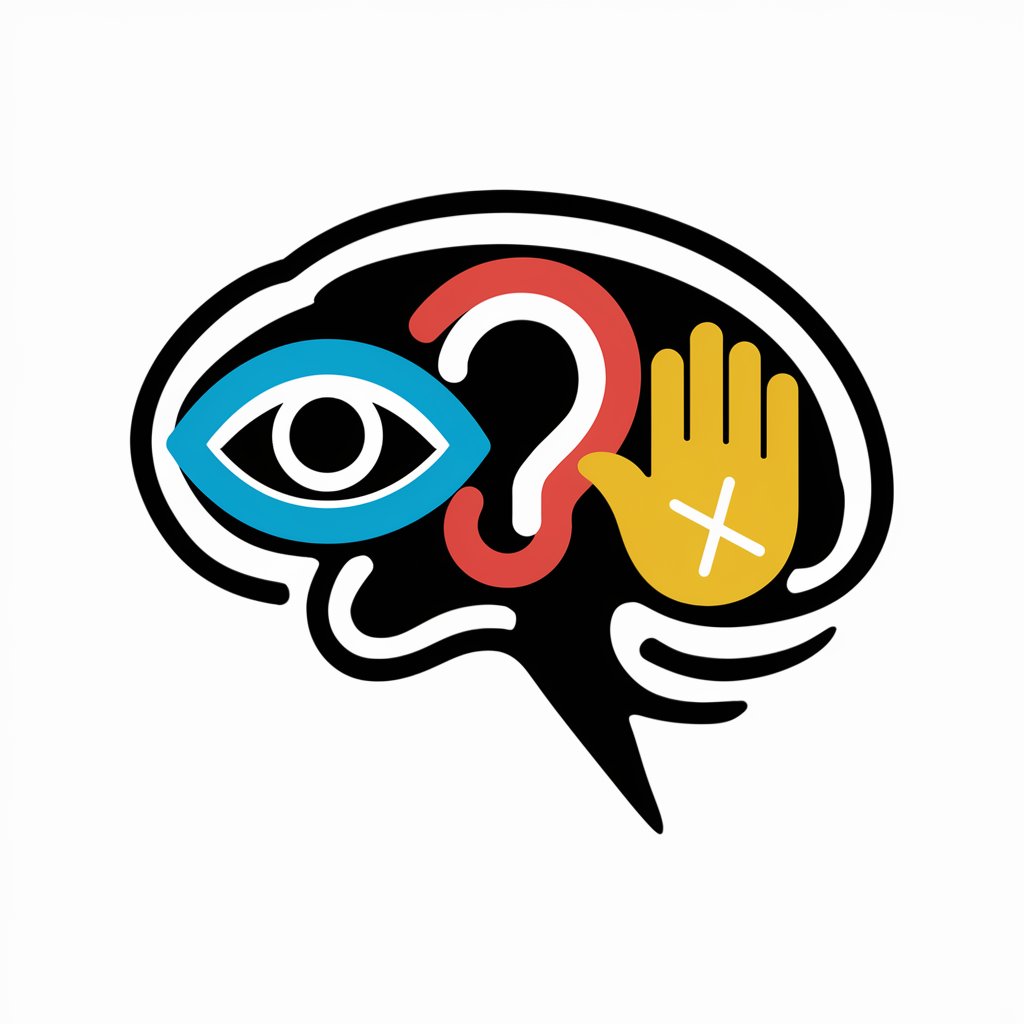
Welcome! Let's make learning engaging for everyone.
Tailoring Education to Every Style
Explain the concept of photosynthesis using visual aids, sound, and hands-on activities.
Describe the water cycle with imagery, narration, and interactive experiments.
Teach basic math operations with diagrams, verbal explanations, and physical objects.
Introduce the history of the ancient civilizations using maps, storytelling, and role-playing activities.
Get Embed Code
Overview of Learning Styles
Learning Styles is designed to enhance the educational experience by tailoring content to match different learning preferences. The foundation of this approach lies in the recognition that learners process information in various ways, primarily categorized into visual, auditory, and kinesthetic modalities. Visual learners benefit from imagery and spatial understanding, auditory learners excel through listening and verbal instruction, while kinesthetic learners engage best through hands-on experiences and physical activities. An example scenario illustrating these aspects could involve teaching the concept of photosynthesis. For a visual learner, detailed diagrams and videos showing the process would be used. An auditory learner would benefit from a lecture or podcast explaining the stages and significance of photosynthesis. A kinesthetic learner, on the other hand, might engage in a lab experiment to observe plant growth under different light conditions, thereby experiencing the concept firsthand. Powered by ChatGPT-4o。

Functions and Real-World Applications
Adaptation of Educational Content
Example
Creating lesson plans that include diagrams, spoken lectures, and interactive projects.
Scenario
In a biology class, the teacher uses models to explain cell structure to visual learners, narrates the process of mitosis for auditory learners, and sets up a microscope lab for kinesthetic learners to observe cell division.
Interactive Learning Experience
Example
Developing workshops that incorporate role-playing, simulations, and group discussions.
Scenario
During a history lesson on World War II, students participate in a simulation game representing different countries, discuss strategies in groups for auditory engagement, and analyze maps and artifacts for visual understanding.
Personalized Learning Paths
Example
Using quizzes and assessments to identify students' preferred learning styles and tailoring the curriculum accordingly.
Scenario
An online learning platform offers various modules on coding. After identifying their learning style through an initial quiz, students can choose to learn through video tutorials (visual), coding podcasts (auditory), or interactive coding exercises (kinesthetic).
Target User Groups
Educators and Teachers
Educators can apply these principles to design more inclusive and effective lesson plans that cater to the diverse needs of their students. By incorporating multiple learning styles into their teaching methods, they can enhance engagement, comprehension, and retention among students.
Students and Lifelong Learners
Students of all ages, as well as individuals committed to lifelong learning, can benefit from understanding their own learning preferences. This insight allows them to seek out or create study materials that align with their preferred learning style, leading to more efficient and enjoyable learning experiences.
Corporate Trainers and HR Professionals
In the context of professional development, corporate trainers and HR professionals can use learning styles to design training programs that accommodate diverse learning preferences among employees. This approach can improve the effectiveness of training sessions and facilitate better skill acquisition and employee development.

Guidelines for Using Learning Styles
1
Start with a free trial at yeschat.ai, no login or ChatGPT Plus required.
2
Identify your learning style preference: Visual, Auditory, or Kinesthetic, to maximize the tool's effectiveness.
3
Choose a lesson or topic and input it into the tool, specifying your preferred learning style.
4
Engage with the customized content - visualize for visual learners, listen/read aloud for auditory learners, or perform activities for kinesthetic learners.
5
Regularly use the tool for diverse subjects to enhance learning efficiency and retention across different fields.
Try other advanced and practical GPTs
Lyric Muse
Reimagine Music with AI
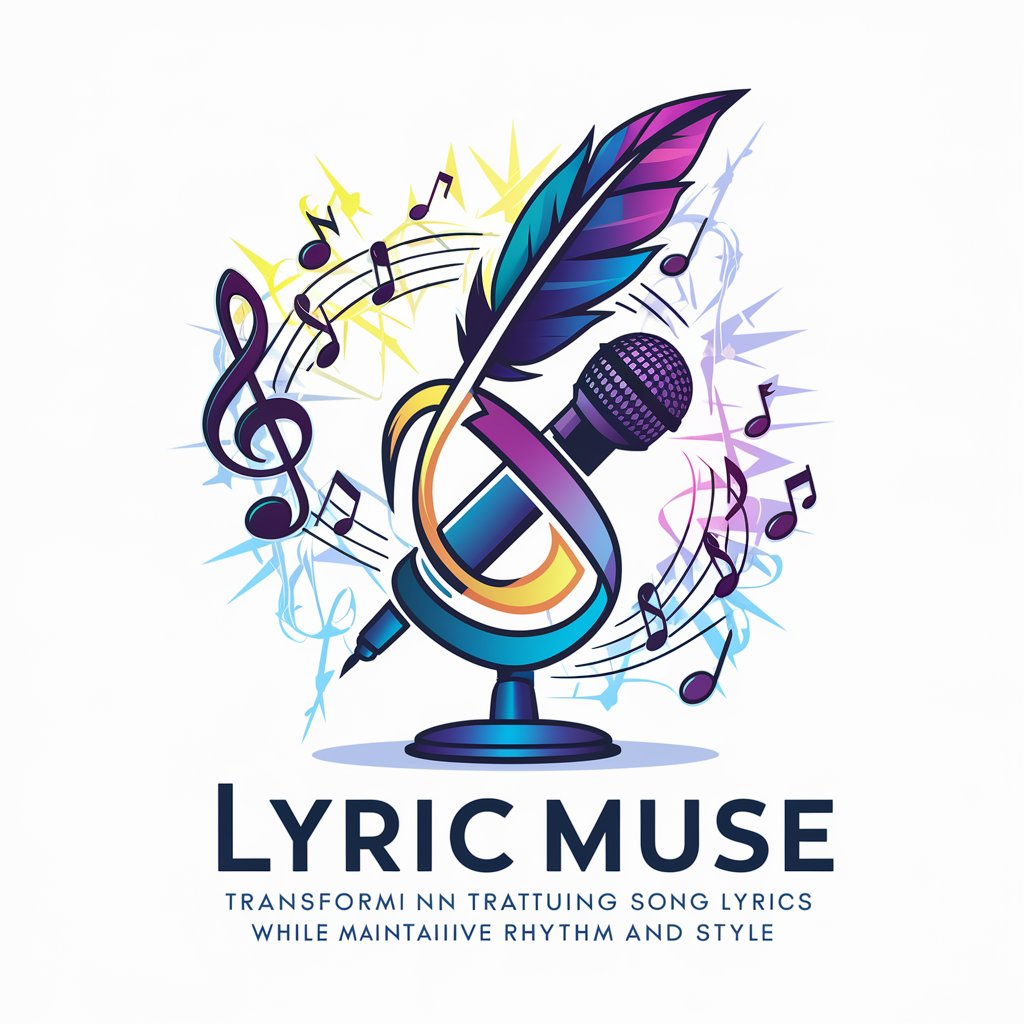
Buffett Buddy
Investing wisdom at your fingertips

Contact Center Manager: コンタクトセンターマネージャ
Optimize operations with AI-driven analytics
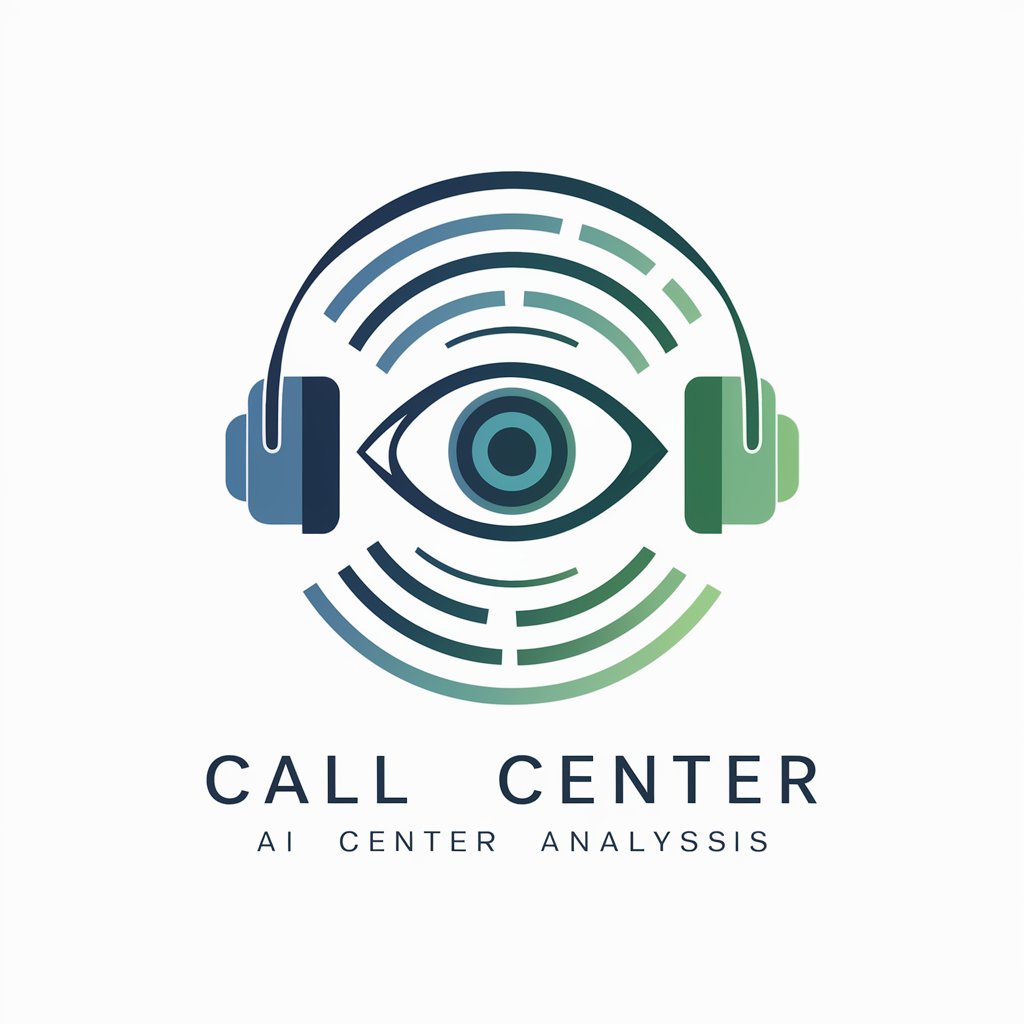
Bayersiche Motoren Werke Expert
AI-powered BMW Expertise at Your Fingertips

Types of Clouds
Identify clouds, predict weather with AI.
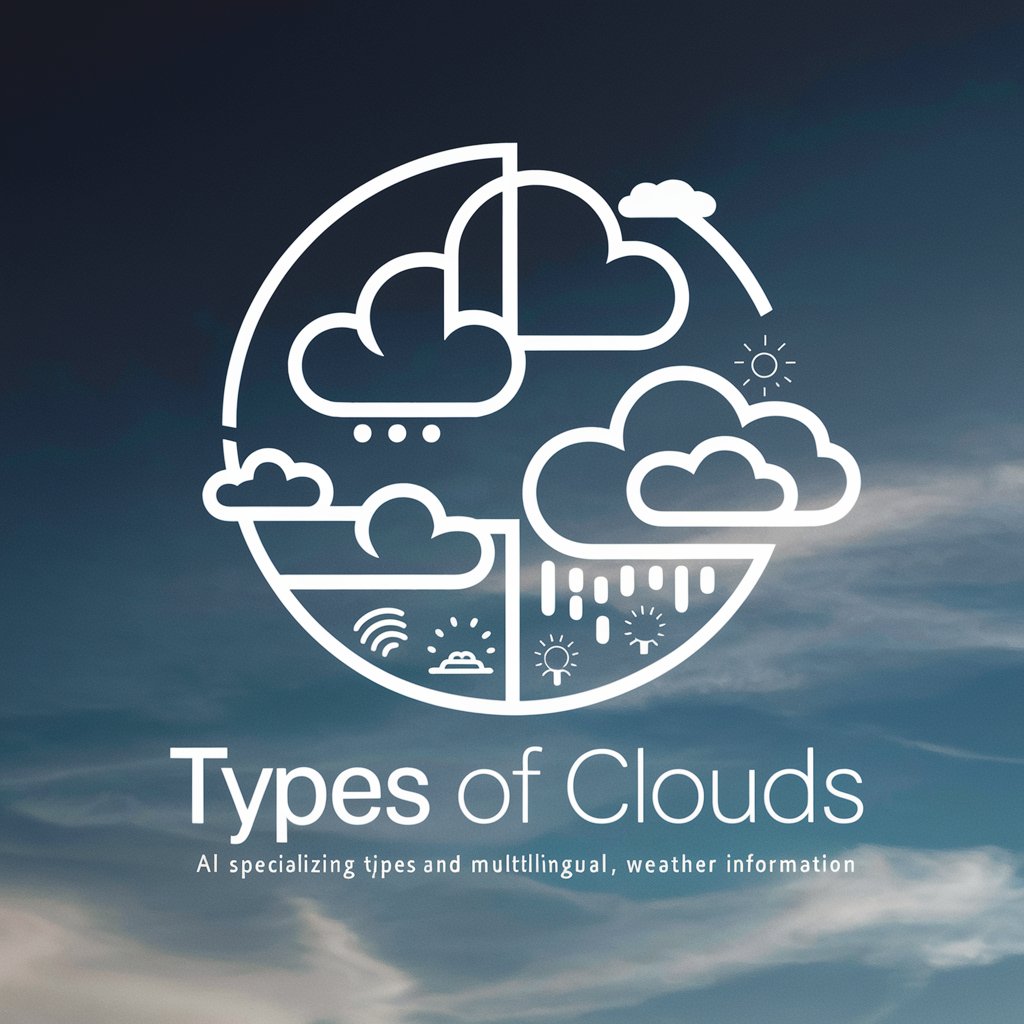
Wallpaper Creator
Craft Your Dream Wallpaper with AI
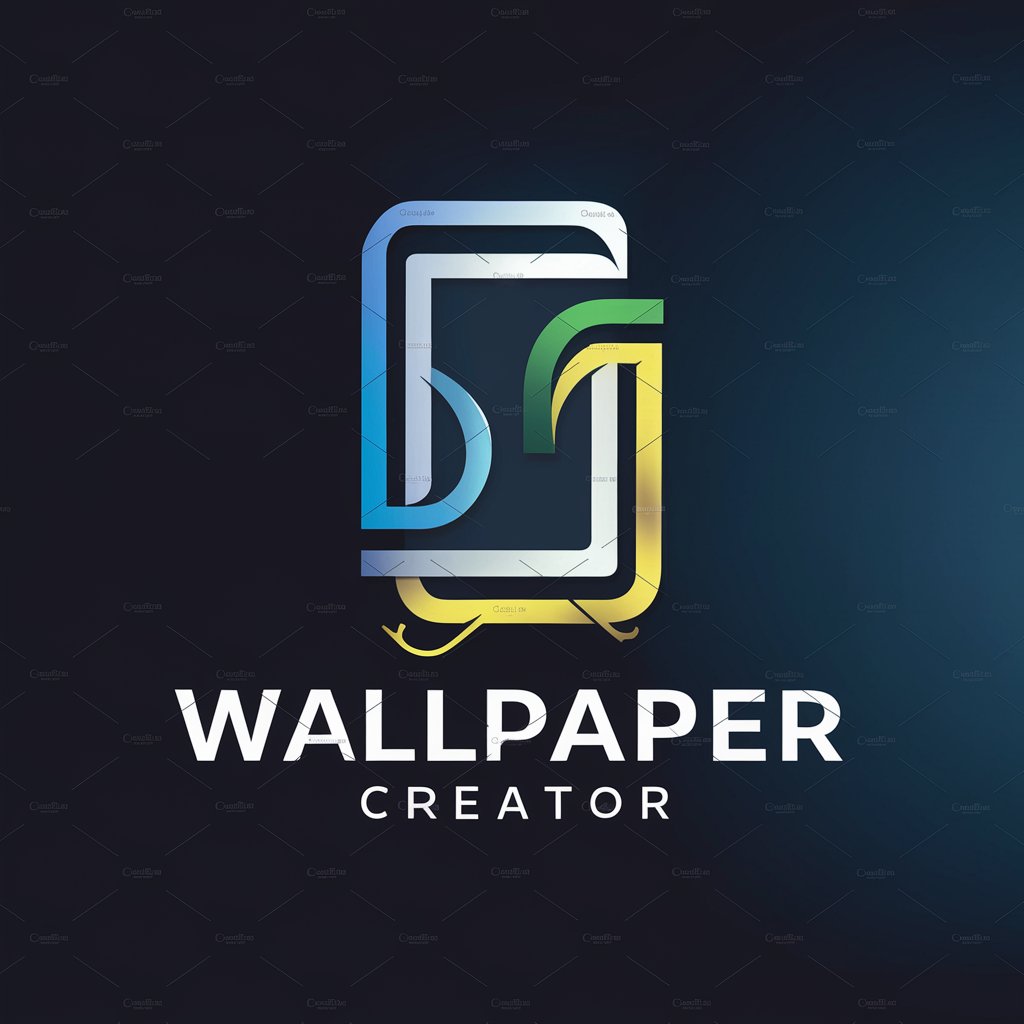
GiveBackGPT
Empower Your Creativity with AI
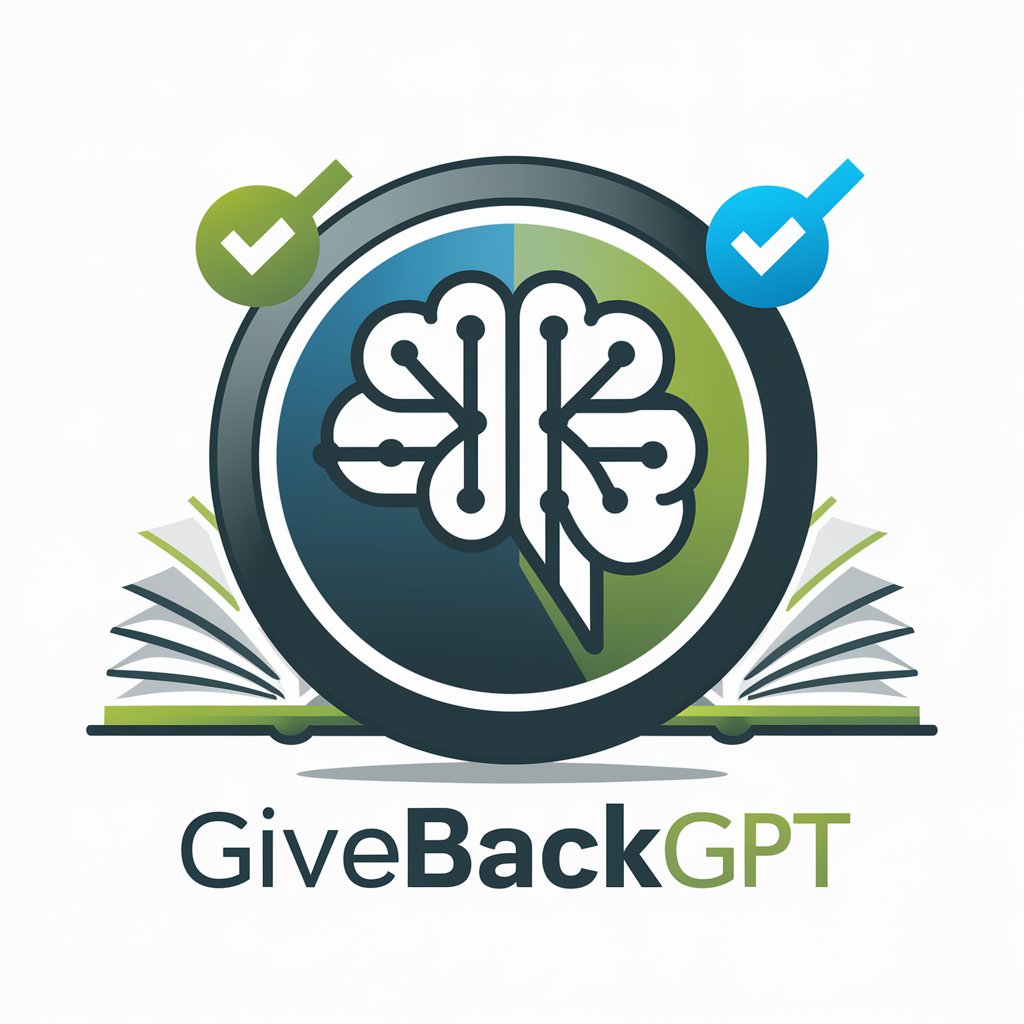
Greeting Card Generator
Craft heartfelt messages with AI
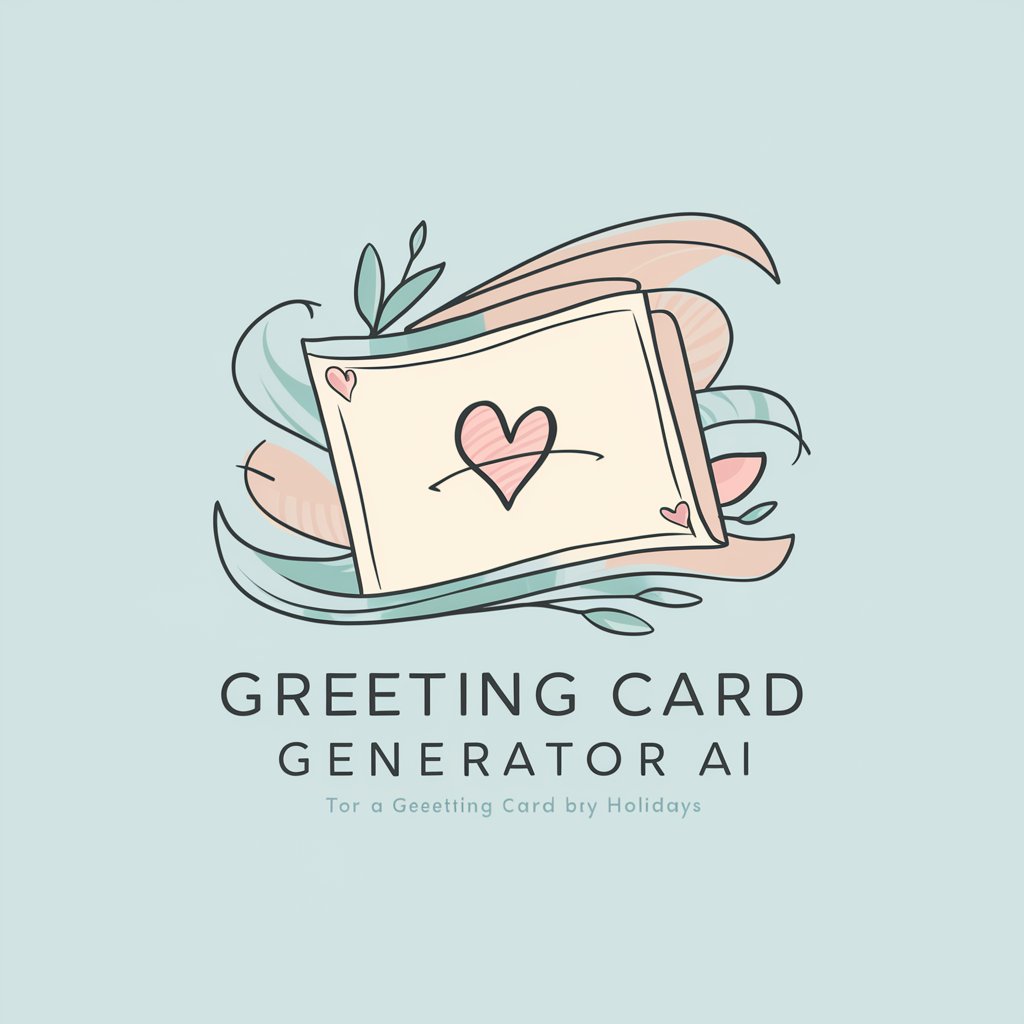
Fractal Thought Process
Unravel Complexity with AI-Powered Insights
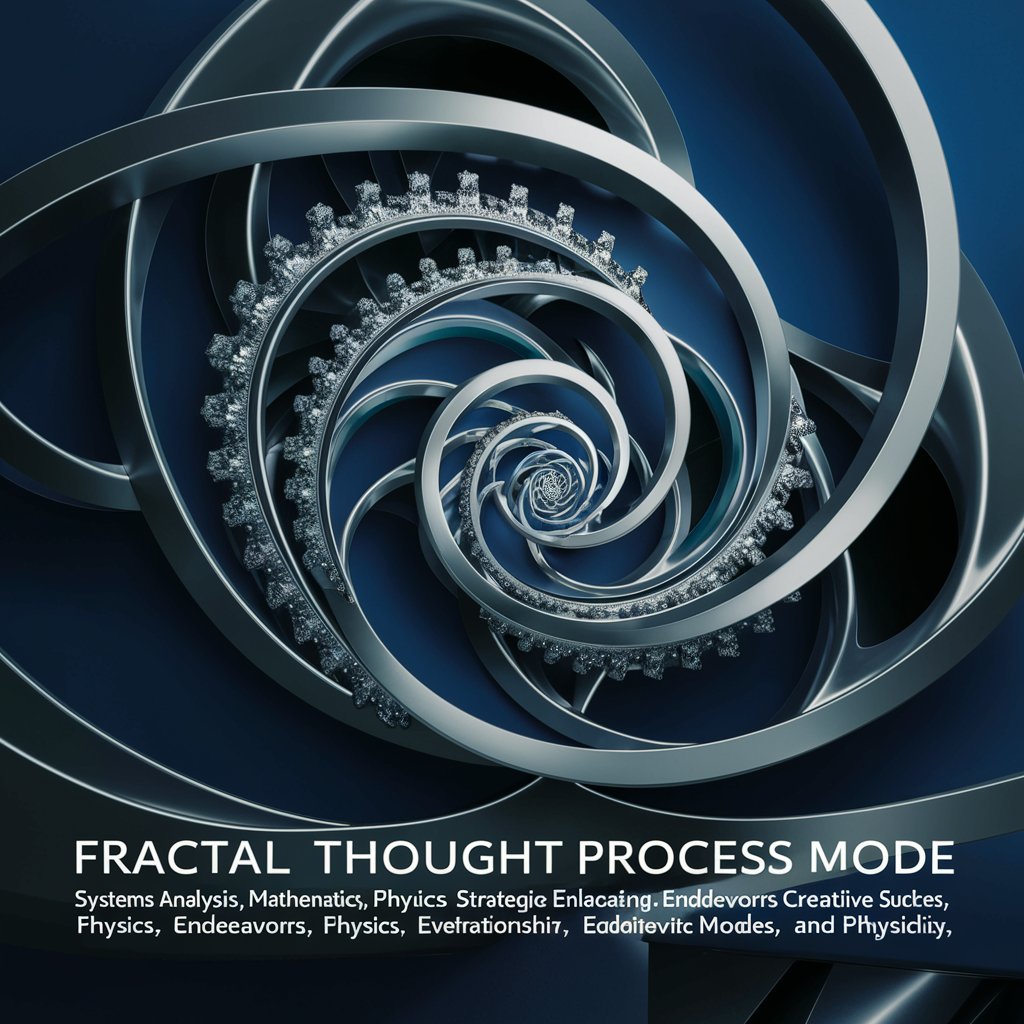
吃瓜群众问鲁迅
Revolutionizing Perspectives with AI-Driven Lu Xun Wisdom

Web3 Social Activity
AI-Powered Insight into Web3 Activities

ATOM Threat Modeller
AI-Powered Cybersecurity Threat Modeling

Frequently Asked Questions about Learning Styles
How does Learning Styles cater to different learning preferences?
Learning Styles adapts lessons to suit visual, auditory, and kinesthetic learners by providing imagery, auditory-friendly phrasing, and interactive activities respectively.
Can Learning Styles be used for complex subjects?
Yes, it's designed to handle a range of subjects from academic topics to practical skills, tailoring content for all learning styles.
Is Learning Styles suitable for all age groups?
Absolutely, it provides age-appropriate and inclusive content, making it versatile for learners of various ages.
How does Learning Styles benefit kinesthetic learners?
It offers kinesthetic learners interactive activities and real-world applications, fostering an active learning experience.
Can Learning Styles improve long-term retention?
By providing learning material in a preferred style, it enhances engagement and retention, making learning more effective.
